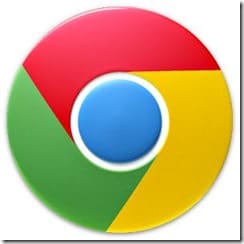Last updated on August 2nd, 2022 at 11:06 am
I was recently talking to a client about our Enhanced Web Reporting (EWR) SSRS reports and one of his questions was, “Does Enhanced Web Reporting work with Google Chrome?” At the time I had never tried the Chrome browser with SSRS reports, so I told him that if there was an issue it would be with SSRS and not EWR itself. However, I promised to test Chrome with SSRS and if there was a problem I would do some research to see if there was a solution.
I tested SSRS with Chrome and there was a problem, so I researched this issue and it turned out that there is a fairly simple solution. On Stackoverflow there is a complete thread on this subject: https://stackoverflow.com/questions/5968082/ssrs-2008-r2-ssrs-2012-reports-are-blank-in-safari-and-chrome/7043409
I followed the instructions for SQL 2008. It didn’t work, but there was a footnote that said on SQL 2012, make this additional small change. I did it and it worked!
Here are the steps that you need to take:
- Locate ReportingServices.js In my case it was found here D:\Program Files\Microsoft SQL Server\MSRS11.MSSQLSERVER\Reporting Services\ReportManager\js\ReportingServices.js
- Create a copy of ReportingServices.js.
- Using Notepad, append the appropriate text for your SQL version.
- Save the file.
- Test the report in Chrome.
That is it. It was that simple to fix. Now you will be able to view any SSRS report in your Chrome browser, and if you’re using IE you will still be able to view SSRS reports there too!
Below are the SQL code snip-its that you need for each SQL version.
SQL 2012
|
function pageLoad() { var element = document.getElementById(“ctl32_ctl09”); if (element) { element.style.overflow = “visible”; } } |
SQL 2008 R2
|
function pageLoad() { var element = document.getElementById(“ctl31_ctl09”); if (element) { element.style.overflow = “visible”; } } |
SQL 2008
|
function pageLoad() { var element = document.getElementById(“ctl31_ctl10”); if (element) { element.style.overflow = “visible”; } } |

